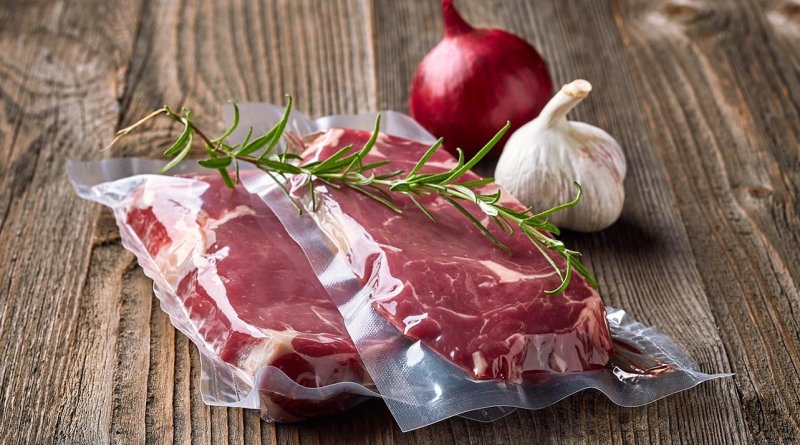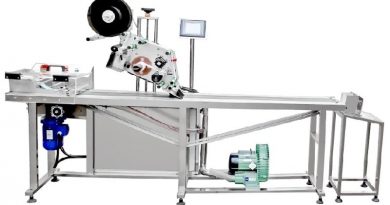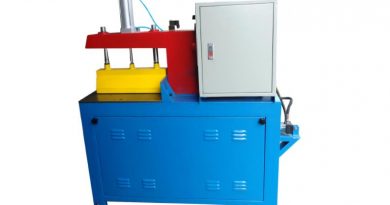What is the difference between vacuum packaging and inflatable packaging?
There are vacuum packaging and inflatable packaging, but both packaging methods require machines to perform vacuum processing. So, what is the difference between these two packaging methods?
The main function of the vacuum packaging machine is to remove oxygen, which helps prevent food from spoiling. Microorganisms (such as molds and yeasts) need oxygen to survive. Vacuum packaging uses this principle to remove oxygen from the packaging bag, making the microorganisms lose their living environment. Experiments have shown that when the oxygen concentration in the packaging bag is ≤1%, the growth and reproduction rate of microorganisms will drop sharply. When the oxygen concentration is ≤0.5%, most microorganisms will be inhibited and stop reproducing. (Note: Vacuum packaging cannot inhibit the growth of anaerobic bacteria and food deterioration and discoloration caused by enzyme reactions, so it needs to be used in conjunction with other auxiliary methods, such as refrigeration, quick freezing, dehydration, high temperature sterilization, radiation sterilization, microwave sterilization, salting, etc.)
In addition to inhibiting the growth and reproduction of microorganisms, vacuum deoxygenation also has an important role in preventing food oxidation. Because oily foods contain a large amount of unsaturated fatty acids, they are oxidized by oxygen, causing the food to change taste and deteriorate. In addition, oxidation will also cause food to lose vitamins A and C, and the unstable substances in food pigments will be affected by oxygen, making the color darker. Therefore, deoxygenation can effectively prevent food corruption.
Inflatable packaging not only has the oxygen preservation function of vacuum packaging, but also has the function of pressure resistance, air barrier preservation, and can more effectively maintain the original color, aroma, taste, shape and nutritional value of food.
In addition, there are many foods that are not suitable for vacuum packaging and must be packaged in anaerobic packaging. For example, crispy and fragile foods, foods that are easy to agglomerate, foods that are easy to deform, foods with sharp edges or high hardness will puncture the packaging bag, etc. After the food is vacuum packaged, the inflation pressure in the packaging bag is greater than the atmospheric pressure outside the packaging bag, which can effectively prevent the food from being crushed and deformed due to pressure, and does not affect the appearance and printing decoration of the packaging bag.
Inflatable packaging is a single gas such as nitrogen, carbon dioxide, oxygen, or a mixture of two or three gases after vacuuming. Nitrogen is an inert gas. As a filler, it keeps a positive pressure in the bag, prevents air outside the bag from entering the bag, and protects the food. Nitrogen dioxide is easily soluble in oil or water, and the light carbonic acid produced by the dissolution has an inhibitory effect on microorganisms such as mold and spoilage bacteria. The oxygen it contains can inhibit the growth and reproduction of anaerobic bacteria, keeping fruits and vegetables fresh and bright in color. High concentrations of oxygen can keep fresh meat bright and rosy.




